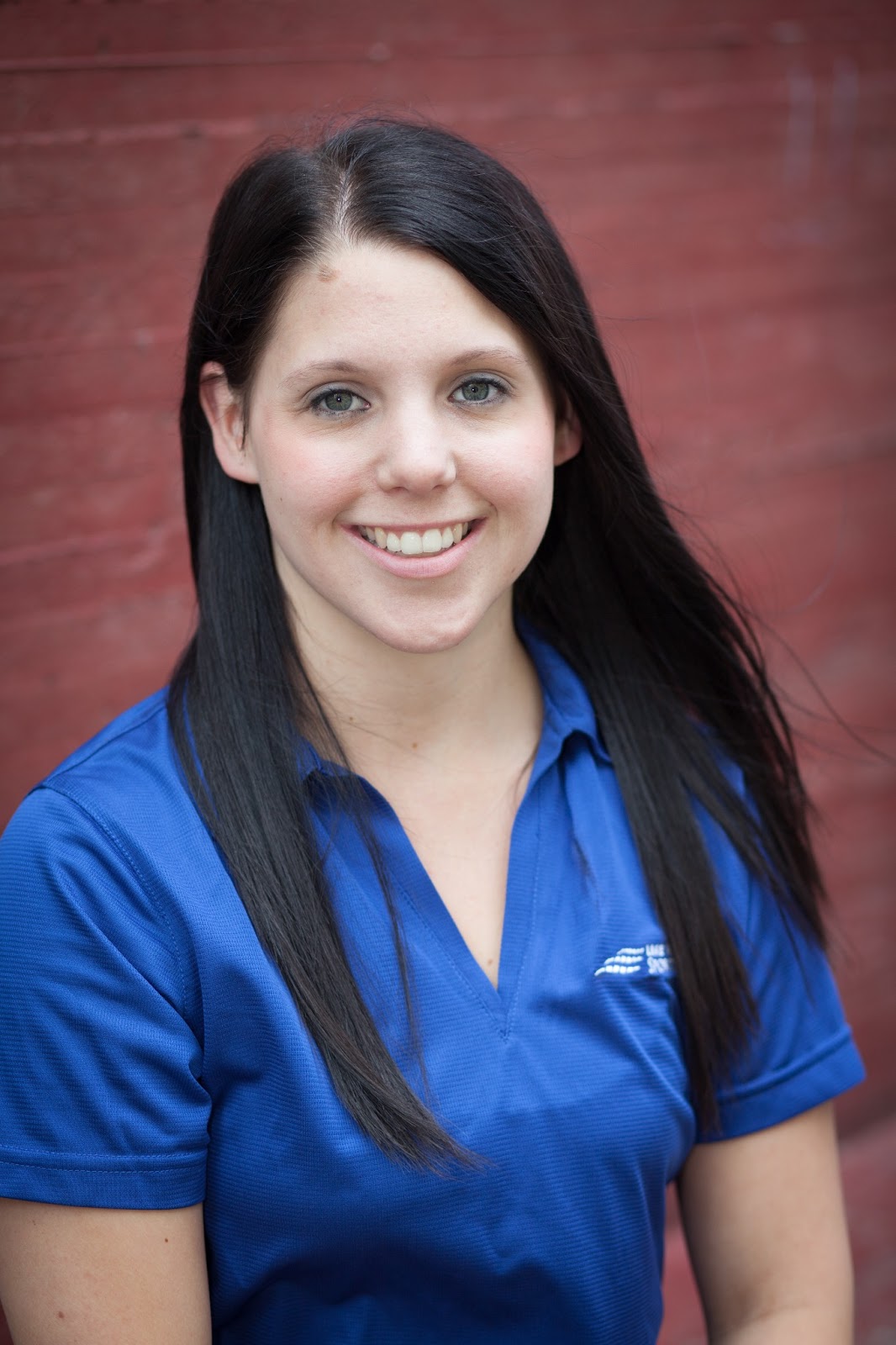Are you a weekend warrior? For many busy professionals, the weekend is the only real time we can get to workout. Here are some tips to help maximize the weekend warrior experience and prevent injury.
1. Start light.
Warm-ups in general are a bit overrated, but for the weekend warrior, they are important to help loosen the muscles up.
I find some light jogging intermixed with a few deep squats
helps loosen up the legs, and arm circles to warm up the shoulders can
be helpful.
2. Pay special attention to the groin.
The groin is particularly susceptible to injury in weekend
warriors. The groin muscles (technically the adductor muscle group) are
not commonly used in every day activity, but are used frequently in
sports, and therefore are prone to overuse injuries if you only use them
on the weekend.
The reason we don't use them much during the week is that
when you walk at a normal pace, the way your bring your thigh forward is
with a group of muscles called the hip flexors (muscles in the front of
your thigh and pelvis, including the rectus femoris and iliopsoas).
When you run or move more quickly, you rotate your pelvis,
which engages your groin muscles to bring the thigh forward. One way to
image this is to stride as far forward as you can with your left thigh,
which will rotate your pelvis so that the left side is further forward
than your right side. From this position, if you want to bring your
thigh forward, you would have to use your right groin muscles in
addition to your hip flexors.
Some strategies to help protect your groin:
1. Some deep squats and light jogging, as noted above
2. The butterfly stretch (http://www.ehow.com/how_2312300_do-butterfly-stretch.html) after warming up
3.
The upward facing dog stretch
(http://www.ehow.com/how_2277775_do-upward-facing-dog-pose.html) to help
stretch the abdominal muscles. This is important because the groin
muscles and your rectus abdominus muscle (the six-pack muscles) share a
common insertion point on your pubic bone. I sometimes remind patients
of this by referring to their adductor longus (one of the groin muscles)
as the "seven pack" to remind them that it is part of the same group as
the abdominal muscles, and therefore need to be stretched together.
4.
If you are doing a kicking sports (e.g., soccer), be careful on your
first few kicks that you don't slam your instep into the ground instead
of the ball. This is a common mechanism where soccer player often give
themselves a particularly hard-to-heal type of groin injury called a
sports hernia.
3. Try to fit in one high intensity workout during the week
Try
to spend at least 30 minutes during the week in which you are exerting
yourself to more than 50% of your maximum capacity. This will help
stave off de conditioning during the week.
As a practical matter, you may need to do this in short
spurts. Things like sprinting up the stairs every day when you get to
work, or racing your son across the backyard when you get home, are
great ways to build in short bursts of high intensity contractions.
In another upcoming essay, I will be talking more about
strategies for "How to be more Awesome," which I consider an important
part of the Kinemedics Philosophy. One part of this, for parents in
particular, is the importance of being excellent in the presence of your
children. I can't stress enough how important this is. So, even
little things like having your child see you do 10 push ups or 2 pull
ups in front of them has some important ancillary benefits beyond their
obvious health impact.
So, think of this nugget about short bursts of high intensity
exercise as a variation of finding time to put more Awesome into your
day.
4. Prime yourself for the weekend
One key
way to make sure your weekend workouts go well is to make sure you don't
go into the workouts tired. The most important thing you can do to
optimize your Saturday workout is to be healthy Friday night, and the
same applies for Sunday morning and Saturday night.
Some strategies:
1. Don't drink too much- 2 drinks is a reasonable number for most people
2. Get enough sleep. Don't stay out more than 2 hours past your normal bedtime, and try to stay close to your normal bedtime
I realize this is tough for some people, as they prize their
social time, may be in a new relationship that requires more effort,
etc. What I say is that optimizing your health is about embracing a
healthy lifestyle. As we learned recently, not even Dennis Hopper can
continue to live the Dennis Hopper lifestyle forever (it may even catch
up to Jack Nicholson eventually). So if you are a partier and carouser,
you will have to change some time. That time is now.
Have a fantastic weekend!



